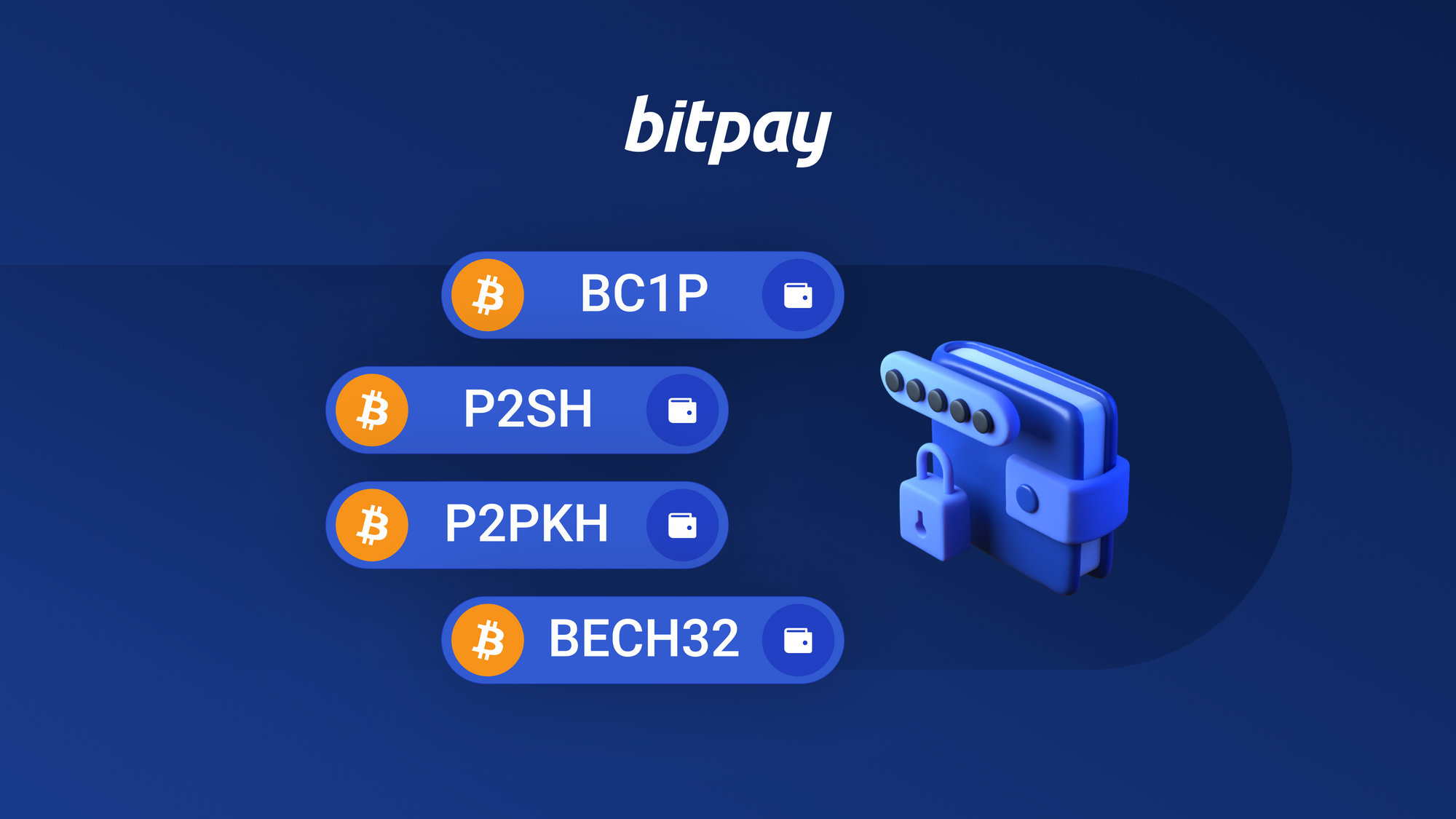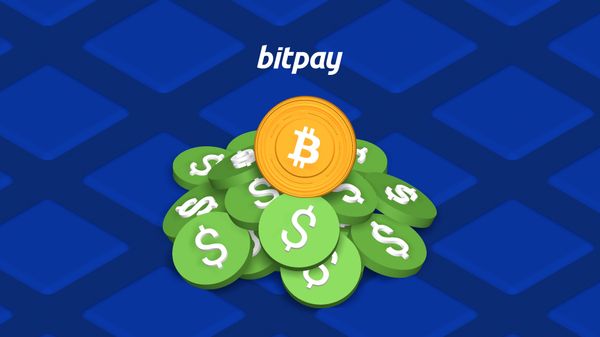Crypto wallets are an essential tool for managing a user’s holdings on the blockchain, typically taking the form of a piece of software or device. One of the most important pieces of information contained within a crypto wallet is its address, an alphanumeric text sequence the owner uses to send and receive cryptocurrency over a blockchain network. Crypto wallet addresses function similarly to an email address. They’re safely shared with anybody looking to send you cryptocurrency, and likewise identify your wallet as the sending address when you make a crypto payment.
In this article
- What is a crypto wallet address and how do they work?
- Different types of crypto wallet addresses
- How to create a crypto wallet address
- How to find your crypto wallet address
- FAQs about crypto wallet addresses
What is a crypto wallet address? How do they work?
One of the first things you’ll need to start delving into the world of cryptocurrency is a crypto wallet. Despite the name, this little piece of software or hardware doesn’t actually store your crypto funds. Rather, your crypto wallet’s primary function, aside from safeguarding your private keys, is enabling you to interact with your funds on the blockchain. All such activity, from sending and receiving crypto to spending, swapping and more, is done through your crypto wallet.
Every crypto wallet includes a unique public identifier called an address, a string of text used to send or receive funds on the blockchain, sort of similar to how an email address functions, only randomly generated. You’d provide your wallet address when somebody wants to send you crypto, and anyone receiving crypto from your wallet will be able to see it came from your address.
In order to send crypto to another user’s wallet you’ll have to enter their wallet address, either by copy-pasting it into your wallet app’s “send” field or by scanning a QR code the recipient provides. Crypto wallet addresses can be 40 alphanumeric characters, so they can be quite cumbersome to enter manually. Once you input the recipient’s wallet address and click send, the transaction is initiated.
Different types of wallet addresses (with examples)
Now let’s get into different kinds of wallet addresses and what they look like. Different cryptocurrency networks use slightly different conventions for generating wallet addresses, many of which can quickly identify the cryptocurrency being used if you know what to look for. For instance, every Bitcoin address starts with either 1, 3 or bc1. Ethereum addresses always start with 0x and are 40 characters in length, excluding the prefix.
Just as there are several types of crypto wallets, there are also different types of crypto addresses, each of which functions uniquely. The four most common types of Bitcoin wallet addresses include:
- Segwit or Bech32 Address
- Legacy or P2PKH Address
- Compatibility or P2SH Address
- Taproot or BC1P Address
Segwit or Bech32 Bitcoin addresses are the most commonly used for transactions on the Bitcoin network. This is because they are designed to limit the amount of information stored in each transaction, which reduces transaction fees. Segwit addresses all start with bc1, and look something like this:
Legacy or P2PKH (pay-to-public-key-hash) addresses were the original form of crypto address when Bitcoin first launched. Since then less-expensive alternatives have come along, so Legacy addresses are less popular today because of their large transaction sizes. P2PKH addresses all start with 1, for example:
Compatibility or P2SH (pay-to-script hash) addresses are much less common for your average crypto user. They enable certain specific functionalities, such as allowing senders of crypto to require multiple digital signatures before a transaction is authorized. P2SH addresses resemble P2PKH addresses, only they start with a 3 instead of a 1. For instance:
Taproot or BC1P addresses offer enhanced privacy for Bitcoin transactions, as well as unlock smart contract functionality for bitcoin addresses. Transaction sizes utilizing BC1P addresses fall somewhere between Legacy addresses and Bech32 addresses. All Taproot addresses start with bc1p, such as:
Ethereum blockchain addresses always start with the characters “0x” and will be some of the longest addresses, being made up of 40 characters (not including “0x”). To help make Ethereum and smart contract addresses more legible, services like Unstoppable Domains can be used to create recognizable aliases for ETH addresses. These formats apply to ETH and other ERC-20 tokens, including stablecoins.
Litecoin addresses will begin either with “l” (legacy address), “m” or “3” (P2SH addresses).
Bitcoin Cash addresses may sometimes look like a Bitcoin address. Since BCH was a fork of BTC, some addresses may begin with “3”. However, later on, new address formats that begin with “q” or “p” were introduced.
Dogecoin wallet addresses will either begin with a capital “D” followed by a lowercase letter or a number.
How do I create a Bitcoin/Ethereum/crypto address?
In order to create a crypto wallet address, you’ll of course first need a wallet. But don’t just choose any wallet. You’ll be entrusting the security of your private keys to the wallet you choose, so do your homework and only use a trusted wallet provider like BitPay, or a reputable crypto exchange like Kraken or Coinbase.
How do I find my wallet address?
Fortunately, most wallet providers make it easy to find and share your wallet address. A few taps in your wallet app’s settings menu should reveal your address when needed. Many even let you generate a QR code for easier sharing.
Here’s how you can find your wallet address within the BitPay Wallet app:
- From the app home screen, tap your wallet from the "My Crypto" section and select a key under the "My Wallets" section.
2. Select the “Receive” button
3. Your wallet address will appear; you can copy/paste this address or display the QR code to be scanned by another device
Tips for using your wallet address for sending and receiving payments
Test out small transactions to ensure you’ve got the address right. Once crypto is sent, it can’t be reversed. This means that sending money to the wrong address will result in your funds being most likely lost. For this reason, it is a smart idea to send a smaller test payment before transferring large amounts of money.
Be wary of address poisoning scams being used to defraud crypto users of their funds. The attacker creates a fake address that looks similar to the legitimate address of the intended recipient and sends it to the victim. When the victim sends their funds to the fake address, the attacker is able to steal the funds.
Wallet address FAQs
If you still have lingering questions about what crypto wallet addresses are, how they work or any potential security issues with each type, read on for some of the most commonly asked questions users have.
Is it safe to share my crypto wallet address?
Yes. You are free to safely share your crypto wallet address, either directly with an individual or posted online. However, keep in mind that information associated with a wallet address, including balances and transaction history, is publicly available on the blockchain.
Is my public key the same as my wallet address?
They’re related, but not the same. When a crypto wallet is created, it generates a pair of keys, one public and one private. The public key essentially verifies ownership of a particular wallet, while the private key is used to digitally sign transactions. Wallet addresses are derived from a wallet’s public key through a process called hashing, where a string of text is condensed and formatted into a specific length.
Are Bitcoin addresses public information?
Since all Bitcoin transactions are recorded on a public blockchain, any user can view the balance or transaction history for any Bitcoin address. However, there’s no way to access the funds without the corresponding private key. Additionally, as long as there is no other personal information tying you to a wallet address, your identity can’t be uncovered simply from a crypto address.
Can Bitcoin be stolen if someone has my wallet address?
No. Your wallet address is derived from your public key, which in turn is generated from your private key. However, these equations only work in one direction. It would be virtually impossible, for instance, to divine someone’s private key even if you had access to both their wallet address and public key.
Why does my wallet address keep changing? Will my old wallet address still work? Do addresses expire?
When poring over your Bitcoin transaction history, you may notice your wallet address has changed over time. This might make new crypto users nervous, but it’s just a security feature. Many wallets and exchanges automatically generate a new address for every transaction, and most crypto wallets are actually able to manage hundreds of Bitcoin addresses simultaneously. Any previously used addresses remain permanently connected to your wallet and can still be used to send or receive funds. However, continuing to use them could compromise your privacy and make your blockchain activity more easily tracked. It’s worth noting that these address changes only happen with cryptocurrencies on the Bitcoin blockchain, such as Bitcoin Cash (BCH), Litecoin (LTC) and Dogecoin (DOGE).
What is a change/refund address?
When spending fiat currency, if you pay for a $15 item with a $20 bill, you’re owed $5 in change. The same principle applies when spending crypto, where the amount paid minus the amount owed gives you your change. In crypto transactions, the sender receives any change due via a new change address generated by their wallet.


